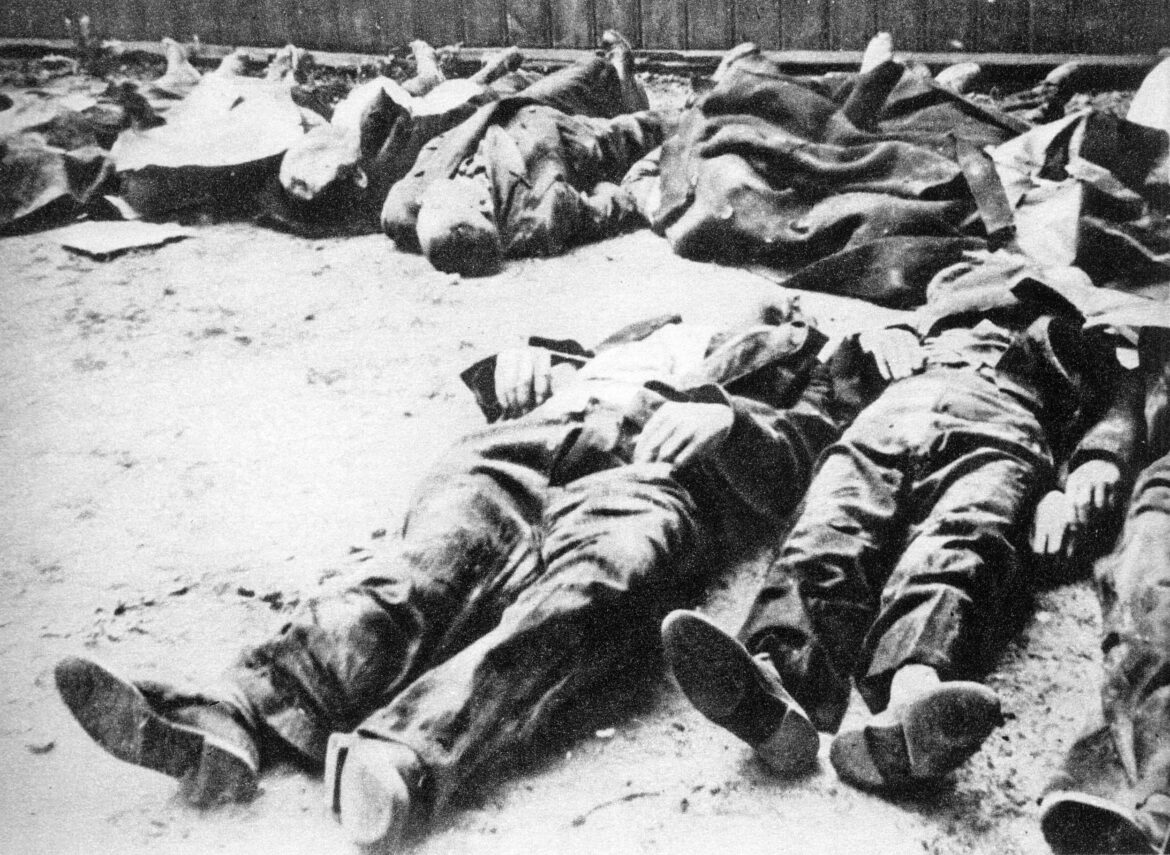On 5-7 August 1944, the Germans murdered between 40,000 and 65,000 people in Wola (the western district of Warsaw). The Massacre of Wola is considered one of the largest atrocities committed by the Germans against defenceless civilians during World War II.
Following the outbreak of the Warsaw Uprising on 1 August 1944, German leader Adolf Hitler issued an order for the complete destruction of the Polish capital and the extermination of its inhabitants. This was further clarified by an order from Reichsführer SS Heinrich Himmler.
“Every inhabitant is to be killed; no prisoners are to be taken. Warsaw is to be razed to the ground and in this way an intimidating example will be set for the whole of Europe”.
To implement the bloody crushing of the uprising, Himmler chose General Erich von den Bach Zalewski, who had previously commanded the police and SS units carrying out the extermination of the Jewish population in Minsk and Mogilev and many others after Germany’s aggression against the Soviet Union in 1941.
A group commanded by SS Gruppenführer Heinz Reinefarth which included units from the SS RONA brigade (a collaborationist formation made up of former Russian prisoners of war) under Brigadefuehrer SS Bronislaw Kaminski, and an SS regiment commanded by SS Standartenfuehrer Oskar Dirlewanger and other units were sent to suppress the Uprising. The grouping reached the western outskirts of Warsaw on the evening of 4 August. The following day the attack on Wola (the western district of Warsaw) began, with the aim of breaking through to the city centre.
German units simultaneously began murdering defenceless civilians. They were initially killed in their places of residence. In the afternoon hours of 5 August, the Germans began to rush the population to selected locations and mass murdered them there. Liquidation points were located in the vicinity of the railway embankment on Moczydło Street (from 4.5 to 12 thousand people), in Sowiński Park (about 1.5 thousand people) on the premises of factories: Franaszek (from 4 thousand to 6 thousand people) “Ursus” (from 6 thousand to 7.5 thousand people) and many other places. No one was spared. Women, children, including babies, the elderly, and the sick in hospitals were also murdered. The extermination operation was accompanied by ubiquitous rape and robbery. It is estimated that between 40,000 and 65,000 Warsaw inhabitants were murdered by the Germans on 5-7 August.
One of those responsible for those crimes, Heinz Reinefarth, not only escaped punishment after the end of the Second World War but also made a political career in the Federal Republic of Germany. He was mayor of the city of Westerland from 1951 to 1967 and became a member of the Landtag of Schleswig-Holstein from 1958 to 1967.





